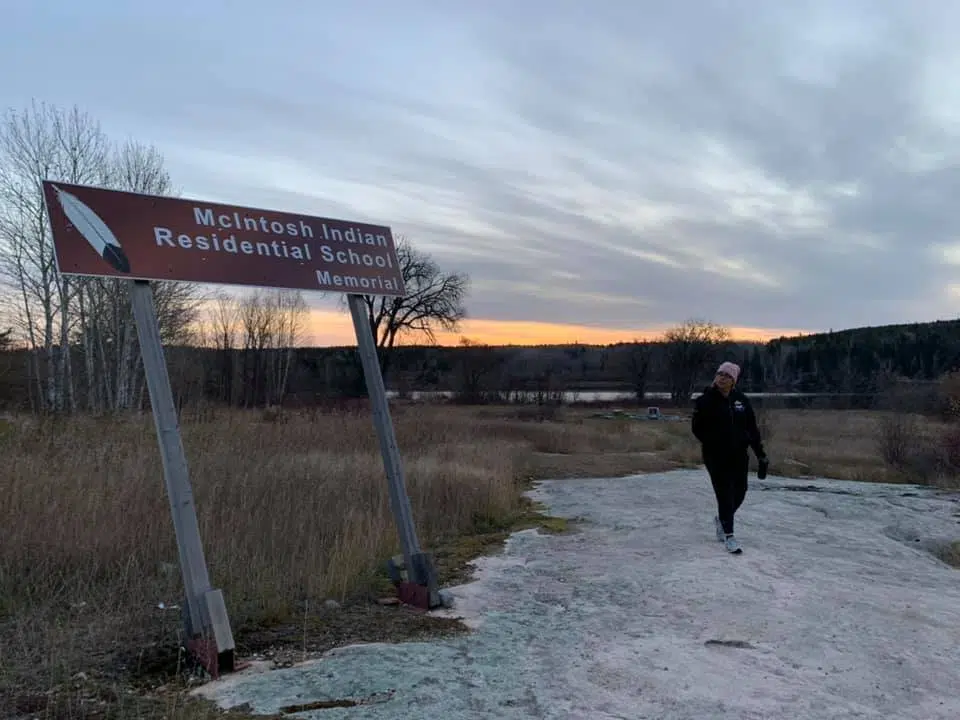
The federal government is helping Grassy Narrows with its search of unmarked gravesites around the former McIntosh Residential School.
Over $157 thousand will be used to conduct the research.
Chief Randy Fobister says survivors have told them of numerous unmarked gravesites, and the money will help locate them.
“The funding and assistance will ensure that the work to identify such gravesites can move forward as quickly as possible. Grassy Narrows’ intention is to carry out this work together with the federal government and other First Nation communities that share our history with McIntosh,” says Fobister.
The school, situated just north of Vermilion Bay, operated between 1925 and 1969, taking in students from Lac Seul, Wabigoon, Grassy Narrows, One Man’s Lake and Wabassimong.
A fire in 1965 destroyed the main structure, forcing students to be sent to other residential schools in Kenora and Fort Frances.
A small structure was later constructed after the blaze and used until its eventual closure.
The First Nation says it will work with the families who had children attend the school to commemorate and memorialize their losses and the children’s final resting place.
Grassy Narrows leaders also intend to organize meetings for information sharing as well as provide wellness supports for survivors, their families, and community members.”
“Our intention is to listen to the wishes of our own members and those of other First Nation communities when conducting this work, including how to deal with unmarked graves that are located. The history of residential schools in Canada is a tragic one. It is important that Canadians never lose sight of what happened,” says Fobister.




